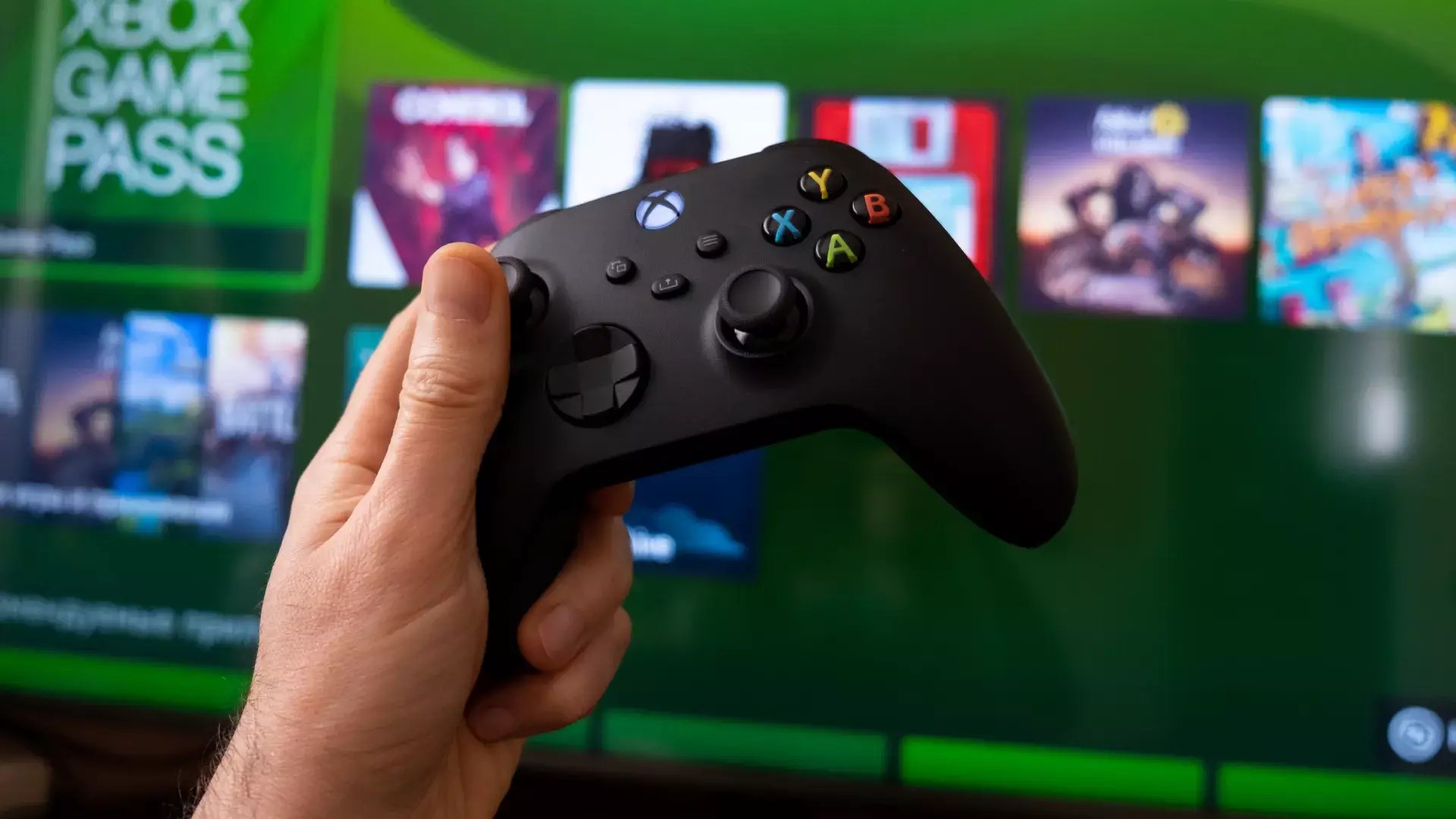In recent years, the gaming industry has been brimming with speculation about the future trajectory of Microsoft’s Xbox division. Traditionally rooted in powerful hardware and dedicated consoles, the company appears to be contemplating a seismic shift in its approach. Ex-PlayStation executive Shawn Layden’s candid remark about the “end of console era” stirred both curiosity and skepticism. However, Microsoft’s latest insights reveal a strategic pivot that emphasizes adaptability and player-centered innovation, challenging the notion that traditional consoles are destined for obsolescence. It’s clear that Xbox is not retreating but evolving—aiming to redefine what a gaming platform can be in a world increasingly driven by mobility and seamless cross-device experiences.
Prioritizing Players in an Expanding Ecosystem
Microsoft’s Vice President of Xbox, Jason Ronald, recently emphasized that innovation at Xbox revolves around putting the player at the core. His comments highlight an understanding that modern gamers often switch between devices—be it PCs, tablets, or smartphones—driven by convenience and flexibility. Microsoft’s focus is on creating a unified ecosystem that allows games to travel with players across various hardware, blurring the lines between traditional console gaming and mobile play. This philosophy suggests that future Xbox devices may not look like conventional consoles but rather emphasize a fluid experience that adapts to the user’s environment, whether on the go or at home.
This approach underscores a broader industry trend where the focus shifts from hardware exclusivity to user-centric services. The concept of “play wherever you want” isn’t merely about portability but about offering a seamless, integrated experience that honors how today’s players interact with games. Microsoft appears intent on developing hardware and software that support this vision, ushering in an era where the distinction between console, PC, and handheld becomes increasingly ambiguous.
The Rise of Xbox Handhelds and Cross-Platform Play
One of the most intriguing developments is the apparent push toward a dedicated Xbox handheld—potentially a device akin to the Steam Deck or Nintendo Switch. The leaked details about the ROG Xbox Ally X, featuring hefty specifications like AMD Ryzen AI Z2 Extreme chipset and substantial RAM options, suggest Microsoft envisions a portable gaming device with significant power. These devices aim to serve as a bridge—combining the best of mobile gaming and traditional PC-style power, thus extending Xbox’s reach beyond living room consoles.
Such a move signals a strategic diversification, allowing Microsoft to target gamers who demand flexibility without sacrificing performance. By enabling players to transition smoothly from a high-powered handheld to a full-fledged console or PC, Microsoft is positioning itself as an innovator that prioritizes versatility. This not only caters to the gaming community’s evolving preferences but also makes a bold statement: the future of gaming isn’t confined to one form factor but exists across a spectrum of devices, collectively creating a harmonious ecosystem.
Cross-Platform Play and a Fragmented Market
Microsoft’s commitment to making its masterpieces accessible on multiple platforms—ranging from Nintendo Switch to PlayStation—further underscores its shift towards platform agnosticism. The company’s stance on not locking games behind a single store or device aligns with its broader vision of openness. This strategy might collide with traditional hardware-focused models, yet it positions Microsoft uniquely in a landscape where consumers increasingly favor flexibility and inclusivity.
However, this raises questions about the future of Xbox consoles themselves. Will they remain flagship devices, or will they function more as premium portals within an expansive, cross-platform ecosystem? The hint that the next generation of hardware might feature unprecedented technological advancements suggests that Microsoft is committed to delivering flagship experiences, even if the hardware itself evolves into a more versatile and less console-centric form.
What emerges from Microsoft’s recent disclosures is a clear resolve to redefine gaming frameworks rather than abandon them. The company is eyeing a future where hardware is no longer the sole gatekeeper but one part of a broader, player-focused ecosystem. Embracing portable devices, cross-platform play, and cloud integration, Microsoft aims to stay ahead in a rapidly shifting industry. Their approach signals confidence—an understanding that the gaming landscape requires agility and innovation more than ever. Whether traditional consoles survive in their current form or give way to a new hybrid model remains to be seen, but one thing is certain: Microsoft’s vision for gaming is ambitious, inclusive, and firmly centered around the modern player’s needs.


Leave a Reply